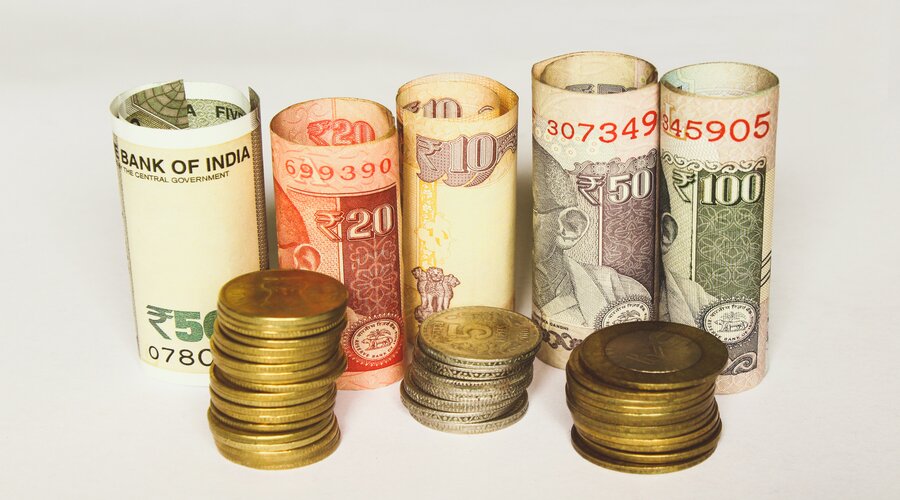
India's Sovereign Credit Rating Remains At Baa3 Stable According To Moody's
According to an update from rating agency Moody’s on Tuesday, the effect of the war between Russia and Ukraine, increased inflation, and tightening global financial situations are unlikely to impede India’s economic recovery from the pandemic.
According to the press release, Moody’s Investor Service has maintained India’s sovereign rating at Baa3 with a stable outlook.
“Principal credit challenges include low per capita income, high general government debt, low debt affordability and limited government effectiveness,” the agency said in the release.
As a result of the global economic slowdown, according to research firm Nomura, India’s current account deficit (CAD) as a percentage of its gross domestic product is forecast to triple this fiscal year.
In a note dated Sept. 5, the research firm stated that it anticipates India’s CAD to increase from 1.2% of GDP last year to 3.5% in the current fiscal year. It had earlier predicted that the share would represent 3.3% of GDP.
Furthermore, Nomura said that the slight decrease in India’s trade deficit from a record $30 billion in July to $28.7 billion in August provides little solace. It added that imports and exports experienced a slower rate of growth, with exports experiencing the most pronounced slowdown.
Also Read:
UK Faces The Risk Of Recession As Truss Takes Over
“While moderating commodity prices and the uneven pace of growth recovery will affect import growth in coming months, slowing global growth is likely to weigh further on exports and lead to persistently elevated trade deficits.”
Export growth decreased to close to 26% in August from a peak of 48% above the pre-pandemic level in June 2022, according to the Nomura India Normalisation Index (NINI) for trade, which excludes base and seasonal effects. In contrast, imports decreased from 78% to 60% over the same period.
Nomura emphasized that, compared to last year, this fiscal year’s average monthly trade deficit has been about $26 billion, as opposed to last year’s average of $16 billion.
“High monthly trade deficits are increasingly becoming the norm rather than the exception. External sector risks remain elevated,” the research house said.
While foreign direct investment (FDI) flows are likely to remain stable, they are also unlikely to make up for declining portfolio flows ultimately.
A negative essential balance of payments should result from this.
Also Read:
Starbucks Has Named Laxman Narasimhan As Its New CEO Of Indian Origin





